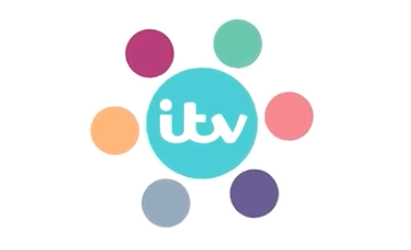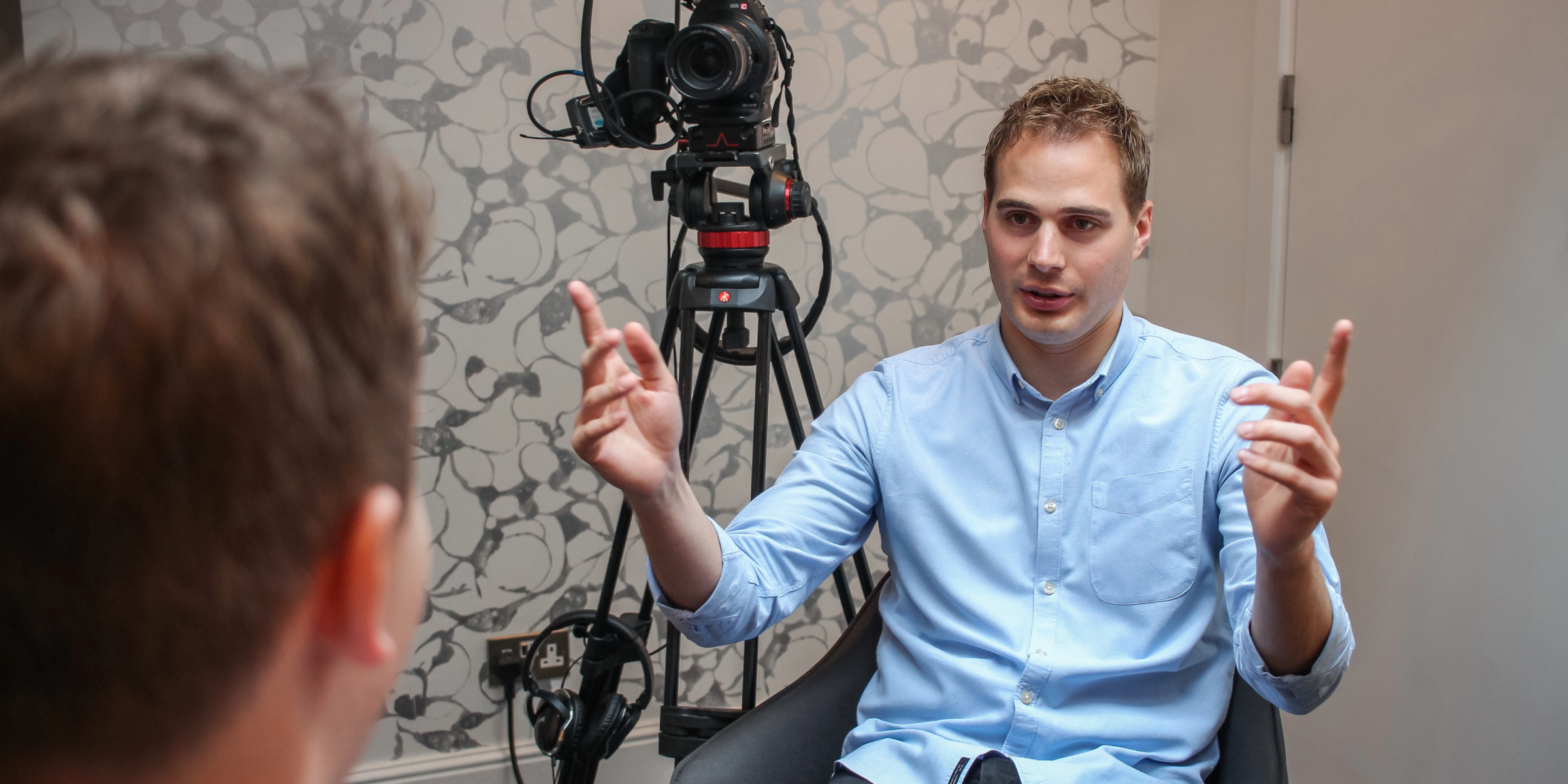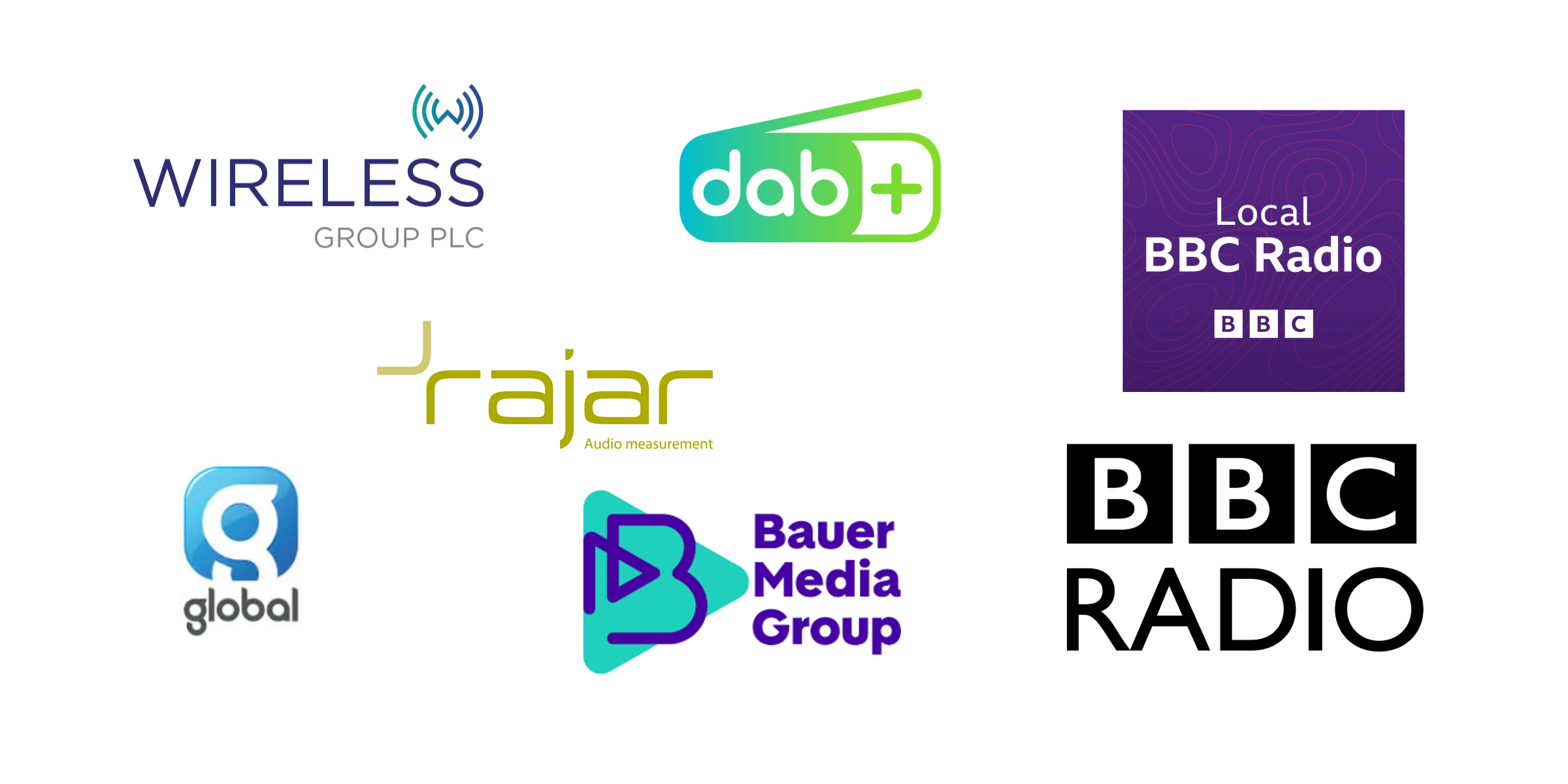Shout! Communications recently hosted a broadcast networking event with ITV’s Head of UK Specialists, Andrew Dagnell. Andrew was appointed by ITV in 2017 and now looks after the home news specialists who report on topics such as health, science and consumer issues.
His background is mainly newspapers, with a little PR and television experience too. During his time in the media industry Andrew saw first-hand the decline of paper sales and, contrastingly, the rise of online and social media. His move into TV was a tactical one after witnessing mass redundancies at the News of the World and the Sunday Mirror. We think he made a great decision, and we’re more than happy to see him in the broadcast world!
Andrew explained to our audience the demographic of ITV’s three main news bulletins, sharing some surprising facts:
- ITV Lunchtime News (1:30pm) – 70% female audience out of 1 million viewers
- ITV Evening News (6:30pm) – 60% female audience out of 4 million viewers
- ITV Late News (10pm) – 50% female audience out of 2.3 million viewers
As you can see, their viewers tend to be predominantly female, especially for the lunchtime news bulletin which comes on straight after Loose Women. Andrew told us the lunchtime news bulletin is the most “PR-friendly” as the news is still unfolding, and journalists are more likely to set something up the day before. It’s also when ITV is more likely to have expert studio guests on human interest stories, so very PR friendly indeed. The agenda then usually moves onto more of a focus on the news of the day in the evening and late news bulletins. Judging by the audience demographics, you’d be wise to pitch stories with a female focus or spokesperson!
That leads onto the next point Andrew made about ITV’s drive on diversity and equality. Previously, ITV has been criticised for not showing enough women on screen, whether that’s talent or presenters. Andrew says they’re working on it, even teaming up with City University of London to boost both diversity and equality at ITV. That’s good to know for us in the PR world when pitching, as we can tick their diversity box by providing female or BAME talent. We always suggest putting a female spokesperson forward when possible for stories, particularly if the woman is in a senior position within a brand or business. Considering these kinds of things may help push you over the line and get your guest on screen.
Overall, Andrew believes ITV is doing just as well as the BBC and Sky. They have a smaller team and less resources than their competitors, but their journalists are extremely dedicated and have a track record for breaking stories. The future is digital, and ITV is hugely pushing this. ITV sees 100 million users across all digital platforms each month – impressive stuff! So, don’t just think TV when you’re pitching to ITV. If your story doesn’t work for their TV news bulletins, it could still be welcomed by the online or social teams.
Andrew’s top tips for PR Professionals:
- Stories in demand now include medical breakthroughs, major issues with new figures, new lines on old stories, and case studies
- Offer ITV an exclusive and they are immediately more likely to cover the story
- Any PR-generated research stories must generally have a sample size in the thousands, be in-depth and be conducted by a respected authority acceptable to broadcasters
- Pitch to the planning desk and avoid on-the-day pitching if possible
- Stories must have a focus on news events or issues
In summary, be thorough, think about the audience and don’t just focus on TV- think carefully about which platform would best suit your campaign.
If you’d like help pitching your story, please get in touch!
You can get more tips on broadcast media relations by downloading our Power of the PR Video E-book.



